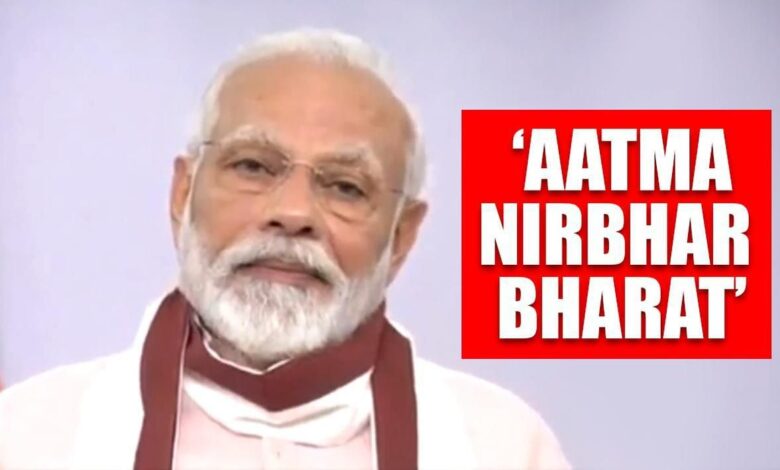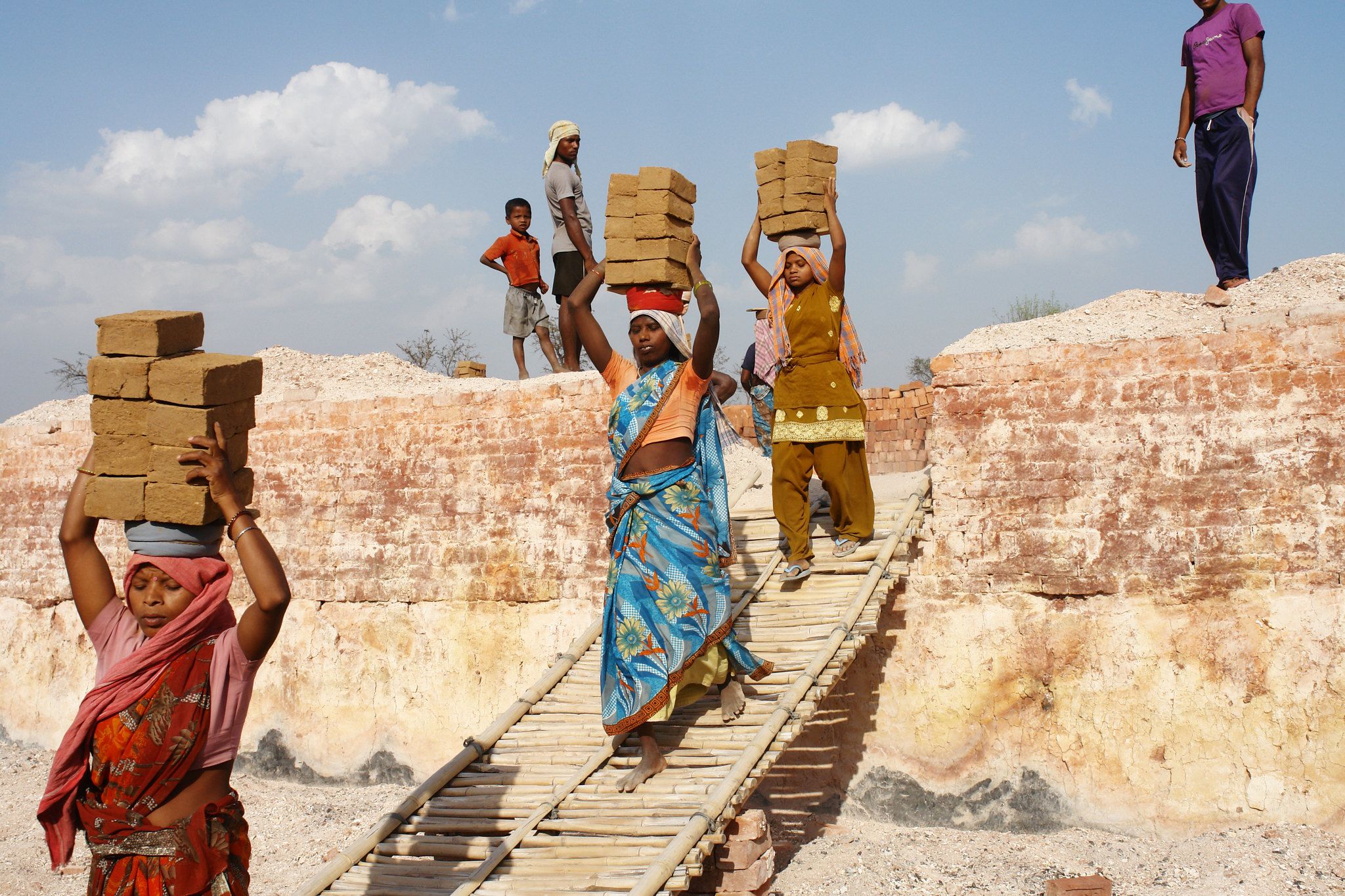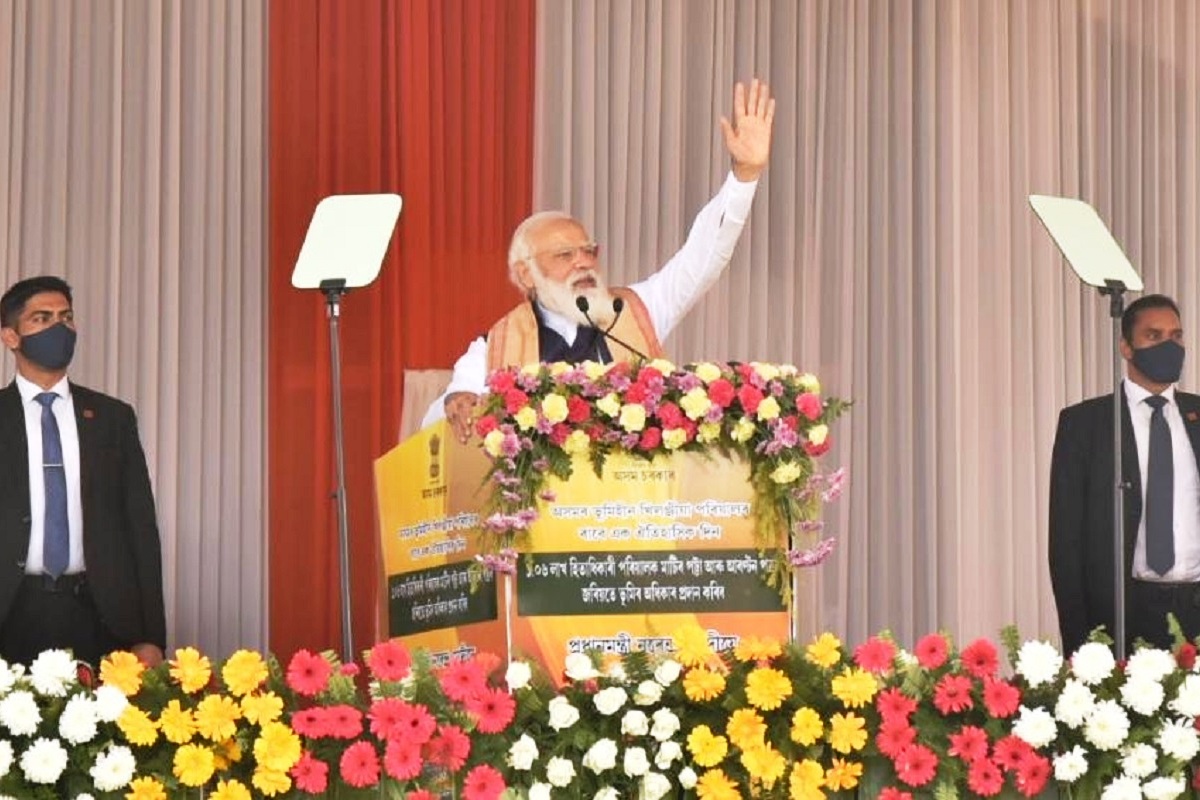Indians Optimistic About Developing Atmanirbhar Bharat In 25 Years

Indians Optimistic About Developing Atmanirbhar Bharat In 25 Years
According to the India Consumer Index poll, 56% of Indians believe their country will become a developed country in 25 years. Additionally, they are regaining their pre-Covid lifestyles and emphasizing lifestyle and livelihood more in order to improve both their own and their children’s futures.
In the post-Covid-19 period, the majority of Indians are placing more attention on bettering their lifestyle and livelihood across sentiments, including health consciousness, holidays, sharing home tasks with their spouse, children’s education, and environmental concerns.
In the immediate wake of the Covid 19 outbreak, 73% of the 10,205 persons polled, according to the most current results of the India Consumer Sentiment Index (CSI), stated they had begun making health-conscious decisions.
The survey by Axis My India, a leading provider of consumer data intelligence, found that 87% of people have started living more generally than they did before the pandemic, including spending time with family and friends, going out to eat, going to malls, and taking vacations. 6% of families have even reported increasing their travel, according to the survey.
In the next 25 years, India will likely become a developed nation, according to more than half of those polled. Up to 56% of respondents stated they thought India would develop in the following 25 years. A little over 44% of people said their lives had improved in the past few years, with 40% saying it had happened in the last eight years. However, they also requested that the government fight the nation’s 34% inflation rate and provide job prospects (28 per cent).
Above 92% of respondents stated they favoured buying Indian brands over all others, which is a significant result and further evidence of the public’s rising faith in India’s growth narrative and the Atmanirbhar Bharat effort of the government.
In the study, respondents came from 34 states and Union Territories, making up 71% of the rural hinterland and 29% of urban India. According to the region, 24% of the population was from the north, 25% from the east, and 31% and 21%, respectively, were from the west and south of India. The responses were split between 64% male and 46% female by gender. Age-wise, the 36–50 age group (35%), as well as the 26–35 age group, were the majority groupings (29 per cent).
In addition, a staggering 96% of respondents in all regions and demographic groups agreed that men and women should share home chores equally. In the poll, it was discovered that 95% of men and 97% of women agreed with this statement.
The people indicated their readiness to go above and beyond to leave the next generation with a brighter future and environment and voiced worry for their children’s education and environment. Approximately 44% of respondents admitted that the pandemic’s effects on online schooling had a significant negative influence on the kids’ learning, and 63% stated they would be ready to pay extra for natural or environmentally friendly goods.
The results also showed that over the previous month, consumption grew across three of the five relevant sub-indices, including general household items, necessary products, health products, and media use. However, mobility has decreased by 1% in that period, while attitudes toward discretionary goods have remained constant from the previous month.

The unwillingness of consumers to adopt digital/online payment was one highly unexpected discovery. Only 39% of respondents said they had handled digital or online payments, with the majority (61%) saying they had yet to use this method of payment.
Chairman and managing director of Axis My India, Pradeep Gupta, stated: “This poll has revealed intriguing insights into the thoughts and behaviour of the Indian customer. Notable traits include a spirit of resiliency, faith in locally produced businesses, and a positive attitude toward the future. Indian citizens are confident that their country will be able to fight against all odds and most likely become a developed country when it reaches 100 years, even though inflation and a lack of employment opportunities remain major concerns. Many Indian citizens believe that their living standards have improved in recent years as we approach the 75th anniversary of India’s independence.
Other significant research results include:

- 61% of households have seen a rise in total household expenditure, which is a 2% month-over-month increase. This month’s net score, which was +50 last month, has grown by +2 to +52.
- For 45% of the families, this represents a rise of 1% over last month in expenditures on necessities like personal care products and home goods. This month’s net score, which was +25 last month, has increased by +1 to +26.
- For 88% of households, spending on non-essential and discretionary items like refrigerators, cars, and air conditioners stays the same. However, just 6% of households have seen a rise in spending, giving a net score of zero, the same as the previous month.
- For 38% of the households, up from 35% in the previous month, there has been a rise in the consumption of health-related goods. Despite its negative connotation, the health score has a net score value of -24 this month, up from -21 last month. The lower the expenditures on health-related things, the better the attitudes.
- One-fifth of the respondents, or 19%, had increased media consumption from the previous month by a 2% margin. This month, the total net score is -1, down from -3 the previous month.
The past two years have been difficult for the whole world, and given the size and variety of India, this was also true. A delicate balance had to be struck while dealing with a pandemic that had such a profound effect on both lives and livelihood.
According to the statistics, the government not only does a wonderful job of promoting economic growth, but it also makes it possible for this growth to occur without the worldwide budgetary excesses we have witnessed. This indicates that we still have the resources necessary to develop a solid, progressive budget that prioritizes long-term investments and growth while upholding sound financial management. Additionally, the budget for 2022–23 fulfils a number of crucial requirements for laying the groundwork for Atmanirbhar Bharat’s next 25 years.
The private capex cycle will eventually achieve full capacity while it is in revival mode, as the government has properly recognized. Government capex may play a very important role in fostering growth. The robust growth momentum of the past several quarters must continue. From 5.5 lakh crore in FY22, which had experienced significant growth from the year before, capex of 7.5 lakh crore anticipated for FY23 represents a significant increase. With the largest ever spending at 2.9 per cent of GDP, it will not only stimulate economic development and job creation but also serve as a spur for private sector investment.
This government’s obvious exclusive emphasis on growth is quite positive. Despite the significant expenditures, the fiscal deficit for FY23 is only projected to be 6.4% of GDP, which is an incredible accomplishment! The government has exercised budgetary restraint, which is commendable, but there is room to increase this by 40 to 50 basis points to spur growth, particularly if tax collections continue to increase as they have recently.

MSMEs were among the groups most negatively hit by the epidemic. The fact that the ECLGS plan has been extended until March 2023 and that the guarantee cover has been increased by 50,000 crore shows that, notwithstanding the success of the policy interventions, more has to be done to support small company owners. The government is making sure that MSMEs can not only manage the effects of any further short-term disruptions brought on by new developments but also expand on the growing momentum of recent quarters and play a significant part in fostering an equal society.
From the Digital Budget to Digital Banking for the unbanked, to Digital universities for knowledge development, to e-passports and the extremely innovative digital currency, the government has made a budget that focuses on digital as a major cornerstone.
The launch of the Central Bank Digital Currency is crucial and may usher in a new stage of the revolutionary process that UPI began. Some immediate benefits include the possible reduction in transaction costs, quicker processing, and less reliance on cash. Additionally, this positions India at the forefront of the blockchain revolution and in a prime position to gain from game-changing advancements in this field.
Overall, it is a progressive budget with a long-term perspective that focuses on creating the “Amrit Kaal” over the next 25 years, as it is called.




